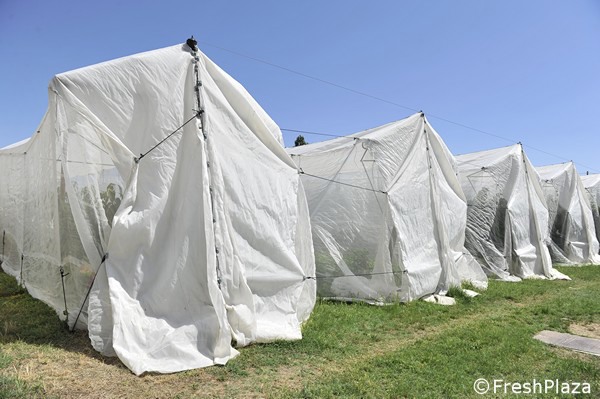As early cherry varieties from North to South Italy start to ripen, it is time to watch out for the Drosophila suzukii fly. In the past years, the damages have been varied, depending on the season. Moreover, attacks have also affected strawberries, small fruits and sometimes, even apricots.
"We are fully operational and at the moment the situation seems under control, but it is essential to stay alert and not be unprepared," said Stefano Caruso of the Phytosanitary Consortium of Modena.

Those who have protection nets should start closing them. This should be done after having detected the catches in the trap. It is also recommended to consult your technician for treatments. The Italian Ministry is currently preparing the authorization for the launch of the parasitoid Ganaspis brasiliensis.
If the authorization will not undergo particular delays, it is possible that already in late spring, or in the summer period, it will be possible to carry out the launches to verify the effectiveness of the parasitoid (see FreshPlaza of 03/26/2021).
The monitoring of Drosophila suzukii detected population levels and infestations on cherry, strawberry and small fruits in 2020, which can be considered overall of medium/high intensity. Once introduced in the territory, Ganaspis brasiliensis will act in synergy with another parasitoid found in 2019 in Trentino, Leptopilina japonica, which is also able to effectively attack the larval stage of D. suzukii.

